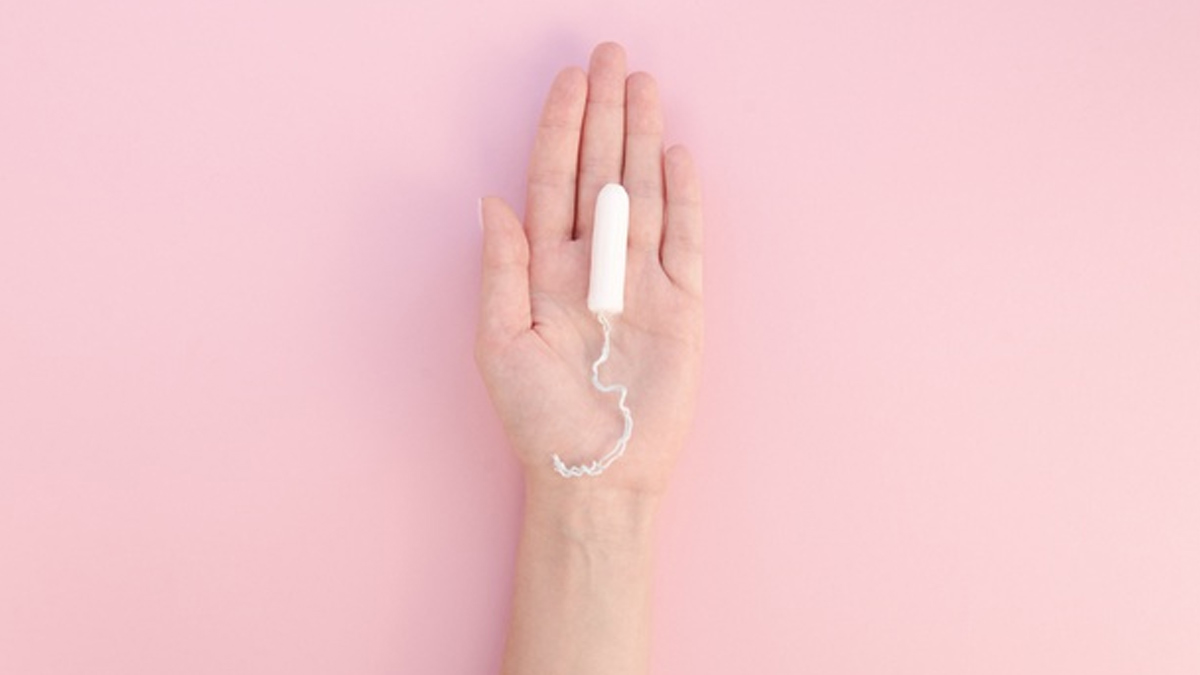
Tampons are disposable period products made up of highly absorbent materials pressed into a small, cylindrical shape. Tampons are like little plugs that fit securely inside your vagina and absorb your period blood.
Table of Content:-
Tampons, like pads, come in various sizes or "absorbing strengths" depending on your monthly flow. Tampons are generally available in three sizes: light flow, regular flow, and heavy flow. Most young girls use sanitary napkins throughout their first few cycles. However, for the sake of convenience, many of them later switch to tampons.
What Tampons Are Made Up Of
Tampons have evolved significantly. Now tampons are created with ultra absorbent components such as cotton fibres, rayon fibres, or a combination of the two.
Also read: Can Tampons Detect Endometrial Cancer?
Rayon fibres are cellulosic materials made from wood pulp, whereas cotton fibres are made from plants. These materials are tightly packed into a cylindrical shape, and when they come into touch with menstrual fluid, they swell. As a result, a tampon fits comfortably between your vaginal walls while effectively and efficiently absorbing your menstrual blood.

Can You Sleep With a Tampon In
Tampons can be intimidating to use at first. However, using a tampon is just a matter of practice. It is a myth that they might get lost within you. You can easily insert a tampon with your fingertips. They also have a thin string attached to them that makes it easy to remove them. Some tampons additionally have plastic or cardboard applicators to assist you in inserting them correctly. Also, you can be confident that overnight tampon use is safe if you follow a few simple instructions, which include changing your tampon right before bed.
Your flow may fluctuate depending on the day of your period or whether you're using contraception. Choose a tampon with the appropriate absorbency — not too little, nor too much — or you may raise your risk of toxic shock syndrome.
Recognising Toxic Shock Syndrome
One of the most common warnings about keeping a tampon in for too long is that you may develop toxic shock syndrome (TSS). TSS is a rare but potentially lethal bacterial infection.
TSS can be caused by strep bacteria, or Clostridium sordellii. Because your vagina already contains natural bacteria, you may believe that a tampon will keep the bacteria locked inside – but this isn't always the case.
Also read: Is Tampon A Better Alternative To Sanitary Pads? Know All About Tampons
The presence of a tampon provides bacteria with a new environment to live in and can promote the overproduction of both good and dangerous germs. So, It is important to change your tampon every eight hours.
Image credit-- FreePik
Also watch this video
How we keep this article up to date:
We work with experts and keep a close eye on the latest in health and wellness. Whenever there is a new research or helpful information, we update our articles with accurate and useful advice.
Current Version